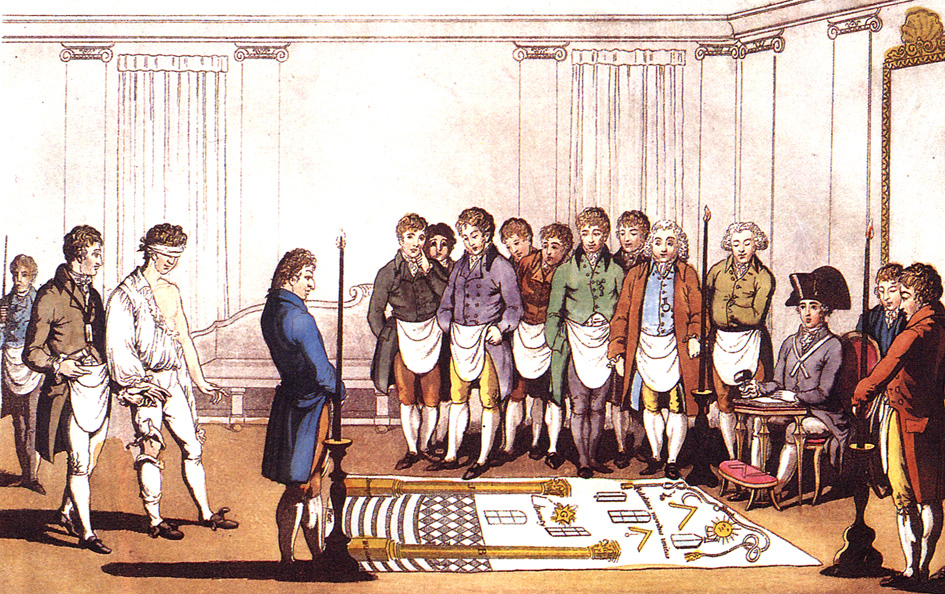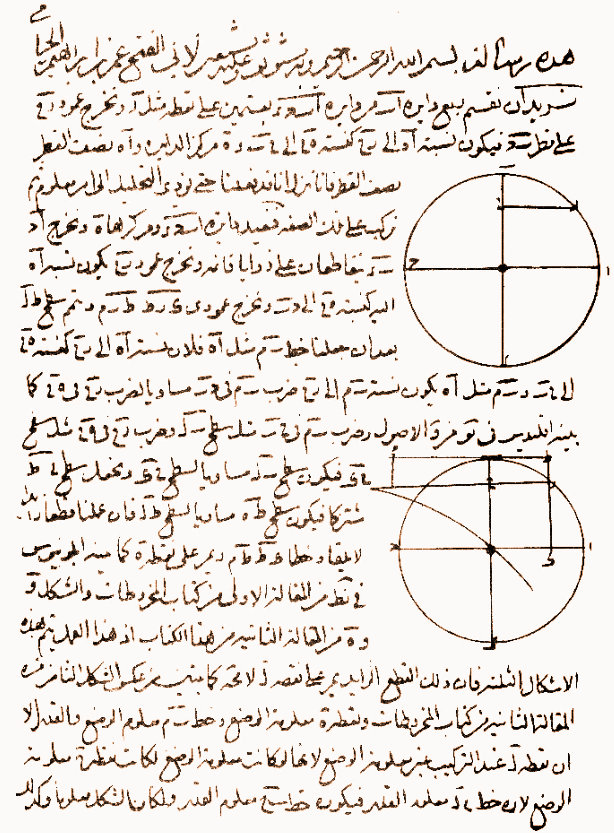|
Kushti
The ''kushti'' () also known as kosti, kusti and kustig is the sacred girdle worn by invested Zoroastrians around their waists. Along with the sedreh, the kushti is part of the ritual dress of the Zoroastrians. Origin The Avestan term for the sacred thread is ''aiwyaongana''. Kustig is the later Middle Persian term. The use of the kushti may have existed among the prophet Zarathushtra's earliest followers due to their prior familiarity with practices of the proto-Indo-Iranian-speaking peoples, and its Vedic analogue, the yajñopavita. Zoroastrian scripture and texts make various references to the usage of the Kusti. The Avestan ''Yasna'' (10.21) claims that a holy sage by the name of Haoma Frmi introduced it. Contrarily, the ''Dādestān ī dēnīg'' (39.18–19) claims that it was first used by the legendary Pishdadian ruler Jamshid (''Yima xšaēta)'', centuries before Zarathustra was born. Later, Ferdowsi al-Tusi would repeat this story in the ''Shahnameh''. Other ... [...More Info...] [...Related Items...] OR: [Wikipedia] [Google] [Baidu] [Amazon] |
Navjote Yazdi
The Navjote (, ''sedreh-pushi'') ceremony is the ritual through which an individual is inducted into the Zoroastrianism, Zoroastrian religion and begins to wear the sedreh and kushti. The term ''navjote'' is used primarily by the Zoroastrians of India (the Parsis), while ''sedreh pushi'' is used primarily by the Zoroastrians of Iran. The word 'navjote' is a Latinized form of the Gujarati language#Dialects, Parsi Gujarati compound of ''nav'' "new" and ''jote'' "reciter [of prayer]", "invoker", "sacrificer". The second half of the word is—via Zoroastrian Middle Persian ''zot''—an indirect continuation of Avestan ''zaotar'', with /z/ eventually becoming /j/ because /z/ is not Phoneme , phonemic in Gujarati. The Persian term ''sedreh pushi'' translates to "Putting on the sedreh," a reference to the main component of the ritual. Age Although there is no upper limit to the age of the individual for which the ceremony takes place, in common practice it occurs before a gir ... [...More Info...] [...Related Items...] OR: [Wikipedia] [Google] [Baidu] [Amazon] |
Yasna
Yasna (; ''''. ) is the name of 's principal act of worship. It is also the name of the primary liturgical collection of texts, recited during that ''yasna'' ceremony. Overview The function of the ''yasna'' ceremon ...[...More Info...] [...Related Items...] OR: [Wikipedia] [Google] [Baidu] [Amazon] |
Izze-kloth
The izze-kloth or medicine cord is a sacred cord worn by Apache medicine men that is believed to confer strength and special powers of healing to the wearer. The ''izze-kloth'' is usually made from strands of animal hide and its length is punctuated with beads and shells. Often, an ''izze-kloth'' has four strands, each dyed a different color (usually, yellow, blue, white and black). Etiquette The ''izze-kloth'' holds great sacred symbolism and people regarded as unbelievers in the cord are almost never permitted to view, touch or discuss it. Nineteenth-century ethnological reports on Native American beliefs often commented on the difficulty in understanding the purpose and use of the ''izze-kloth'' because "''the Apache look upon these cords as so sacred that strangers are not allowed to see them, much less handle them or talk about them''." See also *Apache *Medicine man * Yagyopavit, the Hindu sacred cord *Kushti The ''kushti'' () also known as kosti, kusti and kustig is ... [...More Info...] [...Related Items...] OR: [Wikipedia] [Google] [Baidu] [Amazon] |
Ganges
The Ganges ( ; in India: Ganga, ; in Bangladesh: Padma, ). "The Ganges Basin, known in India as the Ganga and in Bangladesh as the Padma, is an international which goes through India, Bangladesh, Nepal and China." is a trans-boundary river of Asia which flows through India and Bangladesh. The river rises in the western Himalayas in the States and union territories of India, Indian state of Uttarakhand. It flows south and east through the Gangetic Plain, Gangetic plain of North India, receiving the right-bank tributary, the Yamuna, which also rises in the western Indian Himalayas, and several left-bank tributaries from Nepal that account for the bulk of its flow. In West Bengal state, India, a feeder canal taking off from its right bank diverts 50% of its flow southwards, artificially connecting it to the Hooghly River. The Ganges continues into Bangladesh, its name changing to the Padma River, Padma. It is then joined by the Jamuna River (Bangladesh), Jamuna, the lower str ... [...More Info...] [...Related Items...] OR: [Wikipedia] [Google] [Baidu] [Amazon] |
Avesta
The Avesta (, Book Pahlavi: (), Persian language, Persian: ()) is the text corpus of Zoroastrian literature, religious literature of Zoroastrianism. All its texts are composed in the Avestan language and written in the Avestan alphabet. Modern Edition (book), editions of the Avesta are based on the various manuscript traditions that have survived in Zoroastrianism in India, India and Zoroastrianism in Iran, Iran. The individual texts of the Avesta were originally Oral tradition, oral compositions. They were composed over a long period of several centuries during the Avestan period, Old Iranian period (possibly ranging from 15th century BCE – 4th century BCE). The written transmission began during the Sassanian empire, Sassanian period, with the creation of the Avestan alphabet. The resulting texts were then compiled into a comprehensive edition of the Sasanian Avesta, Avesta in 21 volumes. This edition was lost sometime after the 10th century CE and only a small part survi ... [...More Info...] [...Related Items...] OR: [Wikipedia] [Google] [Baidu] [Amazon] |
Zunnar
Zunnar (also spelled "zunar" or "zonar"; ') was a distinctive belt or girdle, part of the clothing that Dhimmi (e.g. Jews, Christians and Zoroastrians) were required to wear within the Islamic caliphate regions to distinguish them from Muslims. Though not always enforced, the zunnar served, together with a set of other rules, as a covert tool of discrimination. Etymology The word originates from the diminutive of the Greek zone, probably via Aramaic zunnārā. In Syriac, it denotes the girdle worn by monks. Description The zunnar was usually wider than a regular belt (as to make it distinguishable) and was often worn with patches of varying colours. The requirement to wear it has been attributed to the so-called Covenant of Umar, however this covenant seems to have been a set of practices that were only formalised in around the 9th century. It seems likely that the belt was only one part of the intention to oblige non-Muslims to keep their usual costumes as to prevent them fro ... [...More Info...] [...Related Items...] OR: [Wikipedia] [Google] [Baidu] [Amazon] |
Upanayana
''Upanayana'' () is a Hindu educational sacrament, one of the traditional saṃskāras or rites of passage that marked the acceptance of a student by a preceptor, such as a ''guru'' or ''acharya'', and an individual's initiation into a school in Hinduism. Some traditions consider the ceremony as a spiritual rebirth for the child or future ''dvija'', twice born. It signifies the acquisition of the knowledge of and the start of a new and disciplined life as a brahmāchārya. The Upanayanam ceremony is arguably the most important rite for Brāhmaṇa, Kṣatriya, and Vaiśya males, ensuring his rights with responsibilities and signifying his advent into adulthood''.'' The tradition is widely discussed in ancient Samskṛta texts of Hinduism and varies regionally. The sacred thread or yajñopavīta (also referred to as ''Janeu'', ''Jandhyam'', ''Pūṇūl, Muñja and Janivara'' Yonya) has become one of the most important identifiers of the ''Upanayana'' ceremony in contemporar ... [...More Info...] [...Related Items...] OR: [Wikipedia] [Google] [Baidu] [Amazon] |
Sedreh
Sedreh (also called sudreh, sudre or sudra) is the Avestan Avestan ( ) is the liturgical language of Zoroastrianism. It belongs to the Iranian languages, Iranian branch of the Indo-European languages, Indo-European language family and was First language, originally spoken during the Avestan period, Old ... term for the undergarment worn by Zoroastrians, which is worn alongside the Kushti. The sedreh contains a small pocket in the front, which does not open, which is supposed to collect one's good deeds. It is worn to protect the wearer from evil acts. It is considered a spiritual shield from evil. See also * Temple garment, a Mormon undergarment * Kacchera, a Sikh undergarment References Zoroastrian rituals Zoroastrianism in Iran {{Zoroastrianism-stub ... [...More Info...] [...Related Items...] OR: [Wikipedia] [Google] [Baidu] [Amazon] |
Initiation
Initiation is a rite of passage marking entrance or acceptance into a group or society. It could also be a formal admission to adulthood in a community or one of its formal components. In an extended sense, it can also signify a transformation in which the initiate is 'reborn' into a new role. Examples of initiation ceremonies might include Christian baptism or confirmation, Jewish bar or bat mitzvah, acceptance into a fraternal organization, secret society or religious order, or graduation from school or recruit training. A person taking the initiation ceremony in traditional rites, such as those depicted in these pictures, is called an ''initiate''. Characteristics William Ian Miller notes the role of ritual humiliation in comic ordering and testing. Mircea Eliade discussed initiation as a principal religious act by classical or traditional societies. He defined initiation as "a basic change in existential condition", which liberates man from profane time and histor ... [...More Info...] [...Related Items...] OR: [Wikipedia] [Google] [Baidu] [Amazon] |
Rubaiyat Of Omar Khayyam
''Rubáiyát of Omar Khayyám'' is the title that Edward FitzGerald (poet), Edward FitzGerald gave to his 1859 translation from Persian language, Persian to English of a selection of quatrains (') attributed to Omar Khayyam (1048–1131), dubbed "the Astronomer-Poet of Persia". Although commercially unsuccessful at first, FitzGerald's work was popularised from 1861 onward by Whitley Stokes (Celtic scholar), Whitley Stokes, and the work came to be greatly admired by the Pre-Raphaelites in England. FitzGerald had a third edition printed in 1872, which increased interest in the work in the United States. By the 1880s, the book was extremely popular throughout the English-speaking world, to the extent that numerous "Omar Khayyam clubs" were formed and there was a " cult of the Rubaiyat". FitzGerald's work has been published in several hundred editions and has inspired similar translation efforts in English, Hindi and in many other languages. Sources The authenticity of the po ... [...More Info...] [...Related Items...] OR: [Wikipedia] [Google] [Baidu] [Amazon] |
Omar Khayyam
Ghiyāth al-Dīn Abū al-Fatḥ ʿUmar ibn Ibrāhīm Nīshābūrī (18 May 1048 – 4 December 1131) (Persian language, Persian: غیاث الدین ابوالفتح عمر بن ابراهیم خیام نیشابورﻯ), commonly known as Omar Khayyam (), was a Persian poet and polymath, known for his contributions to Mathematics in medieval Islam, mathematics, Astronomy in the medieval Islamic world, astronomy, Iranian philosophy, philosophy, and Persian literature. He was born in Nishapur, Iran and lived during the Seljuk Empire, Seljuk era, around the time of the First Crusade. As a mathematician, he is most notable for his work on the classification and solution of cubic equations, where he provided a geometric formulation based on the intersection of conics. He also contributed to a deeper understanding of Euclid's parallel axiom. As an astronomer, he calculated the duration of the solar year with remarkable precision and accuracy, and designed the Jalali calendar, a solar ... [...More Info...] [...Related Items...] OR: [Wikipedia] [Google] [Baidu] [Amazon] |








